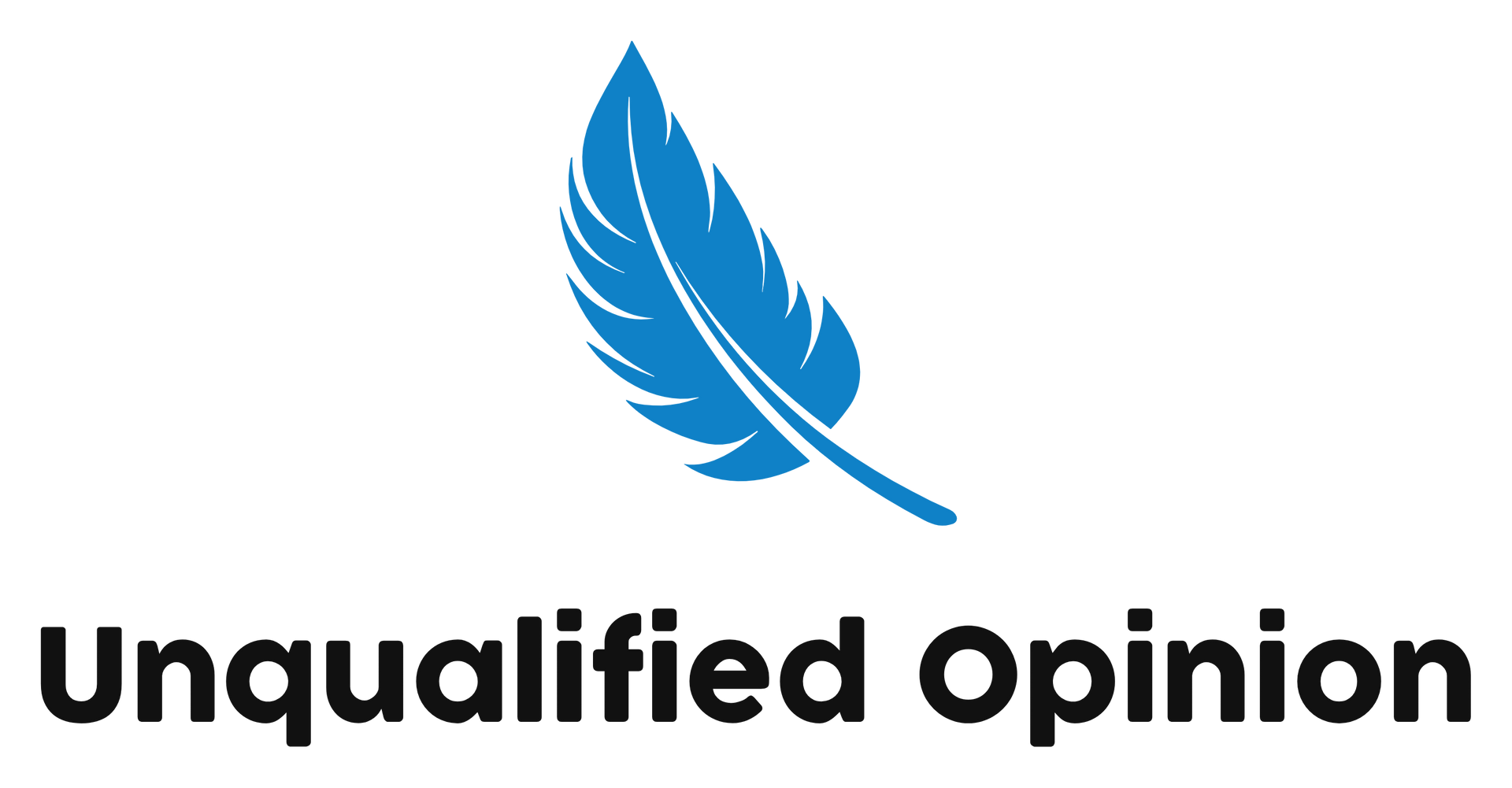(7 min) The Dopamine Budget™ Starter Strategy

So today I am going to share with you another excerpt from my book, The Dopamine Budget™. I hope you enjoy this mini-intro to what the book, companion workbook, and course will be walking you through... hand-in-hand!
If you’ve ever stared at a to-do list that said “BUDGET” and immediately considered setting it on fire, welcome. You need a budgeting system that speaks your brain’s language: dopamine, small wins, flexibility, and radical compassion.
That’s where the Dopamine Budget™ Starter Strategy comes in.
This isn’t about discipline. This is about working with your brain, not against it. So let’s get into the 8-step system designed for neurodivergent brilliance, executive dysfunction days, and those times when even opening your banking app feels like a personal attack.
Dopamine Budget™ Starter Strategy: The 8 Brain-Friendly Steps to Finally Get a Grip on Your Money (Without Melting Down)
Step 1: Break. It. Down.
Big tasks = big NOPE energy.
That to-do list item that says “Taxes”? Threat level: nuclear.
Instead, chunk it:
- “Open the envelope”
- “Log into the portal”
- “Cry softly” (kidding… kinda)
- “Fill out one form”
Or if you are like me, you need to organize tasks into brain-friendly buckets:
- What’s due this week?
- What feels scary?
- What feels doable?
Start with “due + doable.” Break “scary” into snackable pieces. Start anywhere. Movement is magic.
Life hack from my partner Andrew:
He tricks himself into cleaning by saying, “I’m just gonna wash this one pot.” That’s it. One pot. Low stakes. No pressure. And sometimes it snowballs into “Hey, I might as well do one more... and one more... until everything is done.” Sometimes not. And that’s fine. Because doing something > doing nothing. Always.
Step 2: Hack the Dopamine
Your brain is a reward-seeking missile. Train it.
Pair every financial task with a dopamine hit, (before, during, and/or after):
- Watch a TikTok → then do the budget → then eat a donut
- Sip your favorite coffee while checking your accounts
- Celebrate any win like you just won a Grammy (or a nap, if you're me)
- Make it a loop: task + reward → repeat. This builds craving-based motivation instead of shame-based dread.
In my book, The Dopamine Budget™, you’ll discover your unique “Dopamine Drivers” — but for now, start stacking your habits with pleasure.
Step 3: The 5-Minute Task Stack
Set a timer. Five minutes. Do ONE thing. That’s it.
Try one of these to start:
- Log one transaction
- Move $5 to savings
- Check for fraudulent charges
- Download your statement
These micro-movements take almost no brain effort but build huge momentum. The more “in the know” you are, the more in control you feel.
Step 4: Externalize Everything
Your brain is for creating—not remembering. So stop trying to hold everything in your head.
- Use sticky notes, alarms, visual trackers, and external prompts. Put your money cues where your eyes already go:
- A post-it on your laptop: “Do you really need that 5th Amazon order today?”
Make your space do the remembering. You’ve got better things to do than mentally juggle 47 things.
Step 5: Track Your Spending
Trying to budget without tracking is like dieting in the dark. You might be crushing it—or you just ate $300 worth of Uber Eats and blacked it out.
For neurospicy brains, tracking can feel like a wild squirrel rodeo, but with the right tools, it’s totally doable.
Tracking gives you:
- A reality check (gentle but honest)
- Habit insights
- Real-time clarity
- Dopamine hits from visible progress
And no, you don’t need to log every penny with military precision.
Just start. Awareness = power.
Step 6: Ask for Co-Regulation
Sometimes, executive function is offline and you need a human support system.
Invite a friend to budget together. Or sit side-by-side doing taxes. Bring snacks, put on a playlist, light a candle. Make it cozy. Make it tolerable. Maybe even fun? You don’t need to go full “accountability buddy”— sometimes, just having someone nearby calms your nervous system enough to do the thing.
It’s not weakness. It’s brilliant adaptation.
Step 7: Seek Support + Guidance
Therapists and coaches exist who actually get how ADHD, autism, anxiety, and trauma impact your money behaviors.
Many offer trauma-informed, neurodivergent-friendly support. “Therapy for Neurodivergent Folks” is also (blessedly) a real thing.
They won’t shame your Amazon addiction. They’ll help you set up systems that work for you—emotionally, practically, and neurochemically.
Step 8: Radical Compassion (Seriously)
This is the hardest and most important step.
When you can’t do the thing? Don’t spiral. Don’t shame yourself. Don’t go full self-destruction mode. Just say, “Sharon the brain CEO is out sick. She’ll try again tomorrow.” (if you don't get that reference, go back and read this article)
Because guess what? Willpower is not a strategy. Especially not when you’re dealing with executive dysfunction, emotional money triggers, or a brain that just craves instant reward.
So instead of trying harder, try smarter:
- Build brain-friendly systems
- Use rewards and rituals
- Ditch shame, and lead with self-respect
That’s dopamine budgeting. That’s radical compassion. That’s the level-up your brain’s been waiting for.
This System Isn’t One-Size-Fits-All—And That’s the Point
Here’s what I’ll never do:
- Pretend I know what works for everyone
- Tell you there’s only one “right” way to budget
- Pretend this is easy
But what I will do is give you tools, stories, neuroscience-backed tips, and dopamine hacks that have helped me and countless others go from chaos to control (most days, anyway).
I really hope you have enjoyed my 3-part article series with excerpts from my upcoming book, The Dopamine Budget™.
If you are ready to build a budget that feels good, I am ready to help!
Please join the free email list for more spicy tools and be the first to know when the book, companion workbook, and course have been released!


